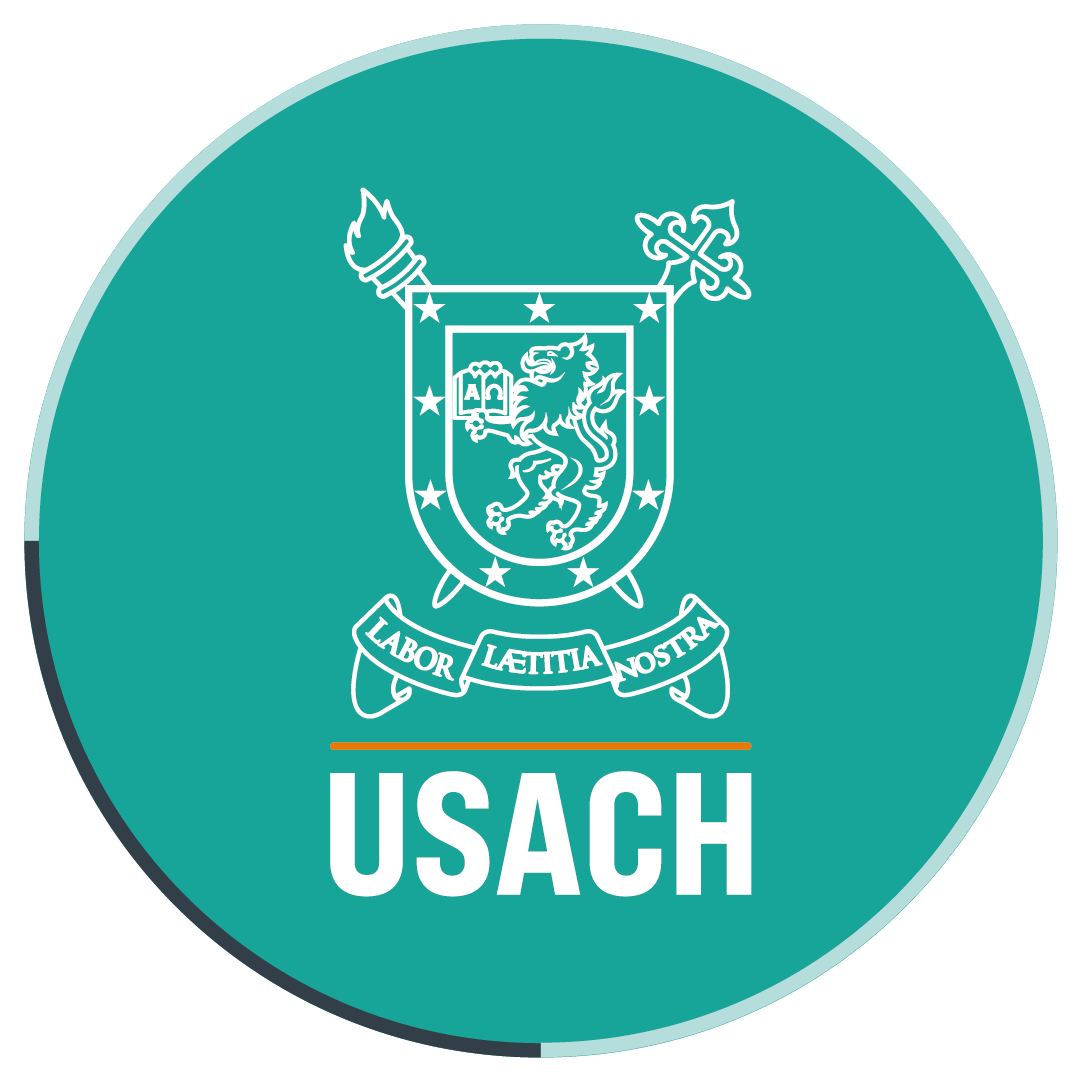Researchers at Universidad de Santiago develop hydrogen-based technology
- Dr Daniel Serafini and Dr Álvaro San Martín, both professors at the Department of Physics, have developed an innovative solution that allows to store energy as hydrogen. One of the advantages of this technology is that it is not intermittent as current non-conventional energy sources (NCES), like solar and wind energy. This project is a contribution of Universidad de Santiago de Chile to the energy industry.
An innovative technology to store energy as hydrogen is being developed by Dr Daniel Serafini and Dr Álvaro San Martín, both professors at the Department of Physics of Universidad de Santiago de Chile.
According to Dr Serafini, one of the advantages of this technology is that it is not intermittent as current non-conventional energy sources (NCES), like solar and wind energy.
Hydrogen is generated during off-peak periods via water electrolysis. Then, depending on the needs, electric power is generated using the hydrogen stored in an electrochemical device called fuel cell. This system is very efficient and is environmentally friendly, because hydrogen combustion only generates water vapour, free of greenhouse gases and particulate matter.
Storing energy as hydrogen is a better solution in comparison to lithium batteries. “We compete with lithium batteries and they are much more expensive and heavier and they have technological problems regarding their size, i.e., at equal size, they have a more reduced capacity,” Dr Serafini says.
According to the expert, with current battery technology, lithium reserves in the world “are enough to cover only 40% of the cars in the Unites States.”
It is also worth to mention that this solution is particularly attractive to settlements in remote areas that do not receive power supply from the interconnected grid system.
The researchers implemented a demonstration module at the Minera San Pedro mining camp, in Til Til (at the north of the Metropolitan Region), where the pilot project has been working since mid-2015.
The CLP150 million project has been funded by the Innova Chile program of the Chilean Economic Development Agency (CLP132 million) and Minera San Pedro.
Greater involvement of the private sector
For his part, Dr San Martín stresses that the project has been well received by the Government and that now, a greater involvement of the private sector is required. “In developed countries, different public and private programs to develop hydrogen technologies have been funded with millions of dollars for a long time,” he says.
State-run bodies in Chile have already recognized the importance of hydrogen in the future for a clean non-polluting public transport. Both researchers agree that this is an essential starting point.
Target market
One of the benefits of implementing this type of technology in Chile is that we have enormous ENCS resources of all kinds (solar, wind, geothermal, hydroelectric and tidal power), but they are intermittent, so the use of hydrogen would be highly convenient.
The researchers say that this project “is not targeted at large companies for now, but remote places, like small settlements or fishing villages away from interconnected grid systems, little mine sites and road construction zones, etc.”
They expect to fully implement the project by mid-2016. Although they acknowledge that it is necessary to make this technology more price competitive, they say that costs have significantly fallen in recent times due to the huge development of fuel cell vehicles.
Translated by Marcela Contreras

